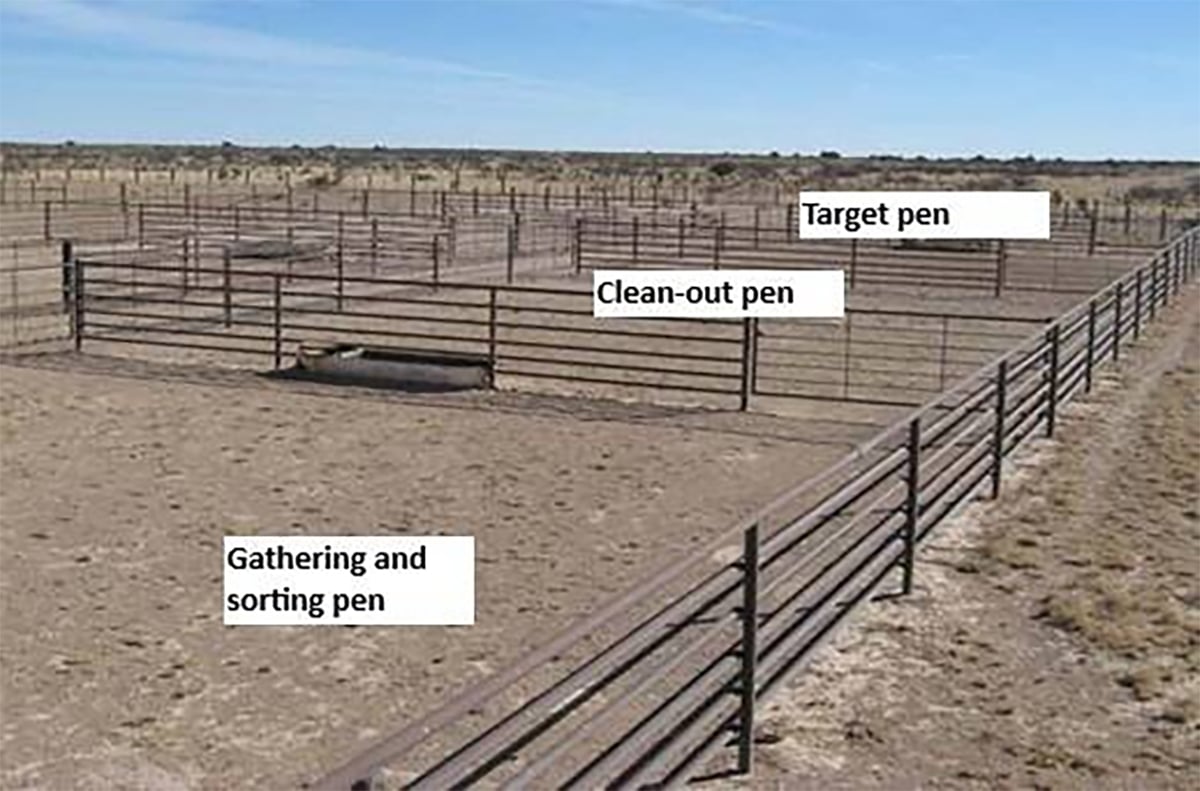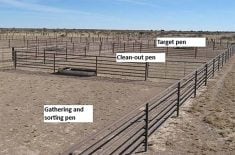CALGARY – Seeding has been on again, off again this spring with soil moisture ranging from saturated to dusty.
With recent flooding in the Assiniboine and Souris River basins, Manitoba’s soil profile is moist to wet, said Vasille Klassen of the province’s department of agriculture.
In the flood zone of western Manitoba, soils are saturated and there is standing water in fields. It’s hard to determine if the water remains because of raised water tables or saturation, said Klassen.
Soil moisture in the rest of the province also remains high, said a recent report from the Prairie Farm Rehabilitation Administration.
Read Also

Teamwork and well-designed handling systems part of safely working cattle
When moving cattle, the safety of handlers, their team and their animals all boils down to three things: the cattle, the handling system and the behaviour of the team.
Streamflows into Manitoba rivers were the highest since 1979 and reservoirs and dug-outs are full.
Lake levels are all above average. Pastures have adequate moisture but cool weather is holding back rejuvenation.
In Saskatchewan, the soil moisture range is extreme.
In the eastern Assiniboine River basin, soil is saturated by the same floodwaters that cascaded into Manitoba. The major rivers reached record high levels.
Slow in drying
While Sask Water officials are not sure of the number of acres affected, a great deal of land is still wet and with continuing precipitation, drying is taking a long time.
“Some land will be out of production due to flooding or saturated conditions,” said Jim Wagner of Sask Water.
The southwestern side of the province is dry. Pastures are in fair condition. There was little spring run-off for this region compared to above average run-off on the eastern side of the province, said the PFRA report.
Some dry, some wet
Alberta and northeastern British Columbia report varying conditions.
In the Peace country, pastures are in good condition. Precipitation in the Grande Prairie region was normal, said Alberta Agriculture. However High Level, Alta, and Fort. St. John and Dawson Creek, B.C., are below normal.
In the northeast, surface conditions appear dry but subsoil conditions are adequate, said Kirsty Paquette of Alberta Agriculture in St. Paul.
Hay is slow to recover because of cool weather and a dry winter. Dug-outs are full, she said.
The annual stubble soil moisture survey conducted by Alberta Agriculture said this area is having its driest spring since 1988.
Low moisture levels are reported in most of central Alberta north of Lacombe and southern Alberta east of Calgary and north of Medicine Hat.
From Calgary to Vulcan and south to Taber conditions are rated as medium by Alberta Agriculture.
Closer to the Rocky Mountains, conditions flip flop where anywhere from 12 to 30 centimetres of rain have fallen in the Municipal District of Cardston during the last month.















